Lenten Campaign 2025
This content is free of charge, as are all our articles.
Support us with a donation that is tax-deductible and enable us to continue to reach millions of readers.
When visiting a cemetery, especially one that has a rich history behind it, you will likely encounter various symbols etched on each gravestone. Some are obvious or related to the specific person buried there, but others are more general and related to Christian concepts.
To help you decipher these symbols, here are five of the most common and their Christian meaning.
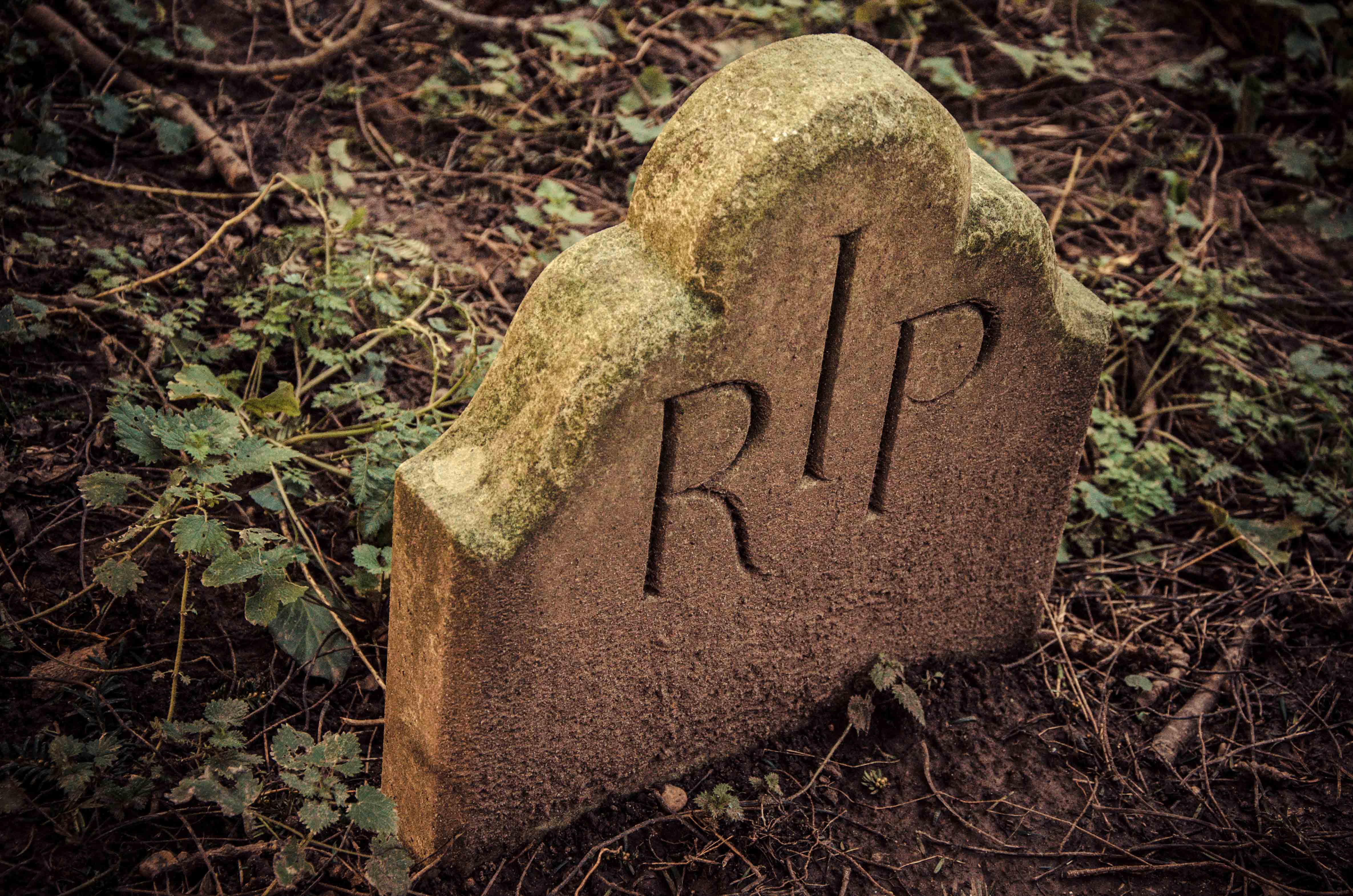
R.I.P.
This abbreviation is most often found in older cemeteries and originally stood for requiescat in pace in Latin. The direct translation in English is "rest in peace," though the Latin words are actually part of a longer prayer for the deceased.
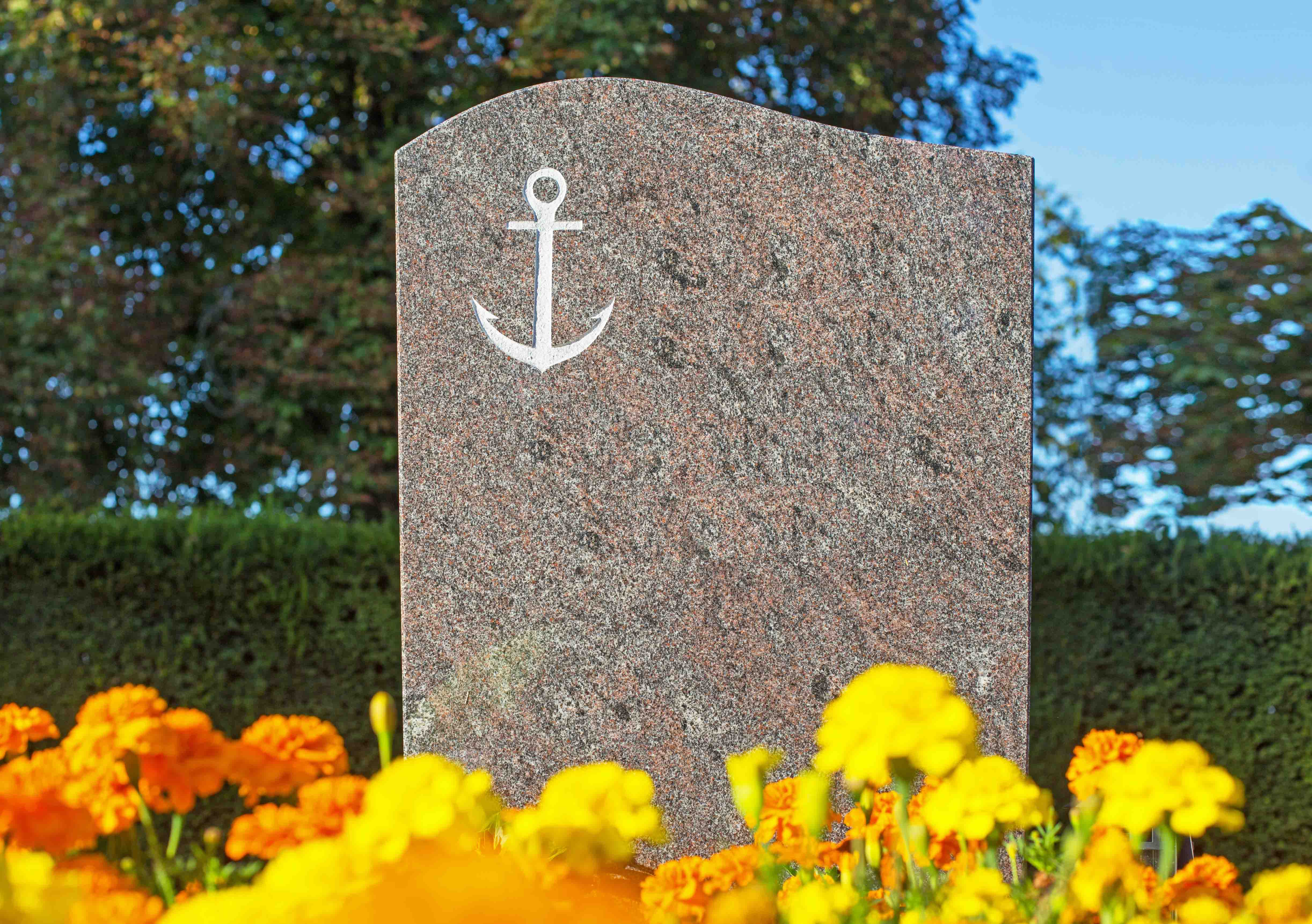
Anchor
In the early centuries of Christianity the symbol was adopted by Christians and often used in Roman catacombs. It is believed that part of the inspiration came from the following passage from the Letter to the Hebrews:
Hope then became associated with the anchor, specifically the hope of salvation. This symbol was etched onto catacombs, along with such words as pax tecum, pax tibi, in pace, in Christian hope that the deceased would be anchored in heaven.
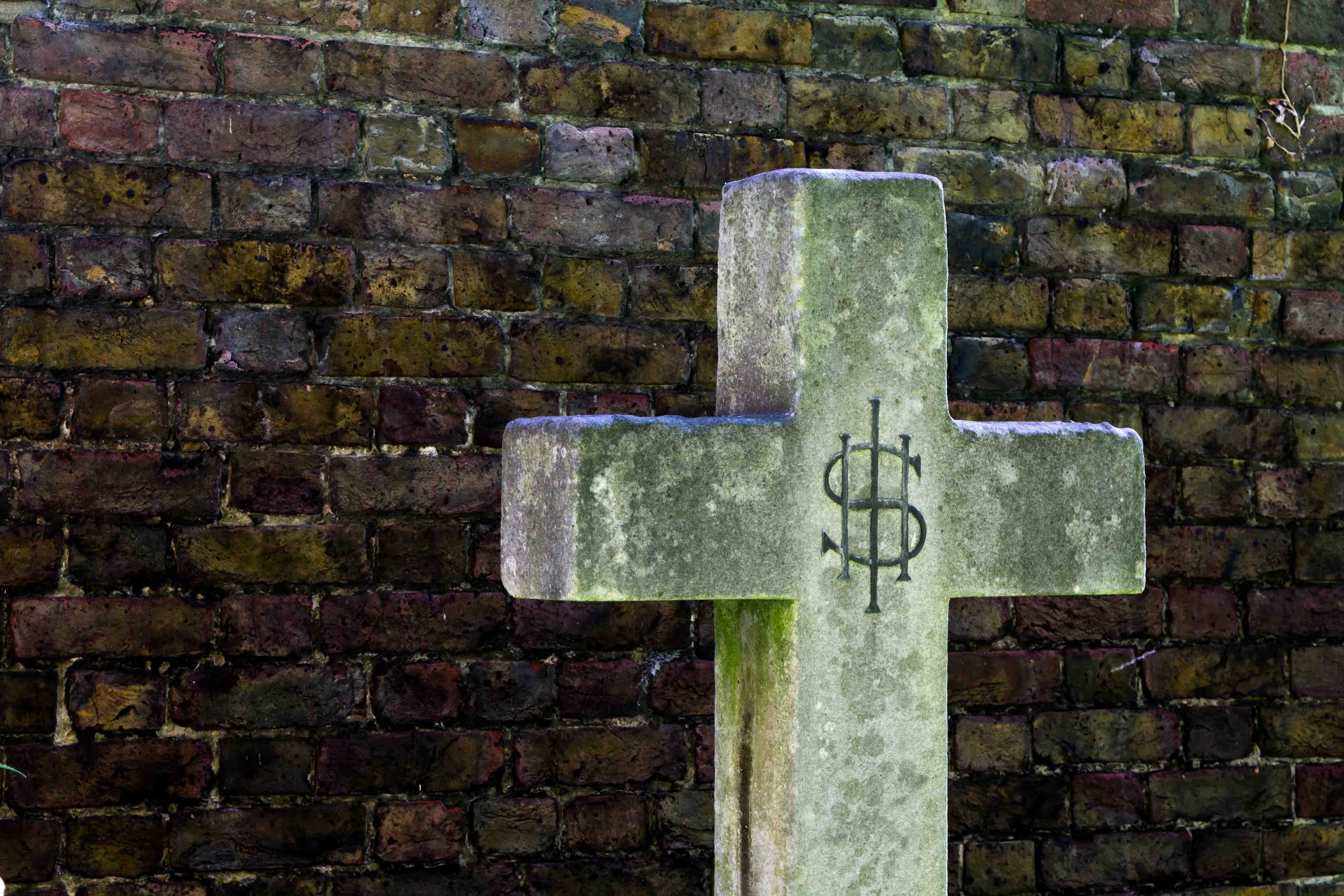
IHS
Dating all the way back to the third century, Christians shortened the name of Jesus by only writing the first three letters of his name in Greek, ΙΗΣ (from his full name ΙΗΣΟΥΣ). The Greek letter Σ (sigma), is written in the Latin alphabet as an “S,” resulting in the monogram being commonly represented as ΙΗS.
On a gravestone, it simply denotes someone who was a Christian and proclaims their hope in eternal life.
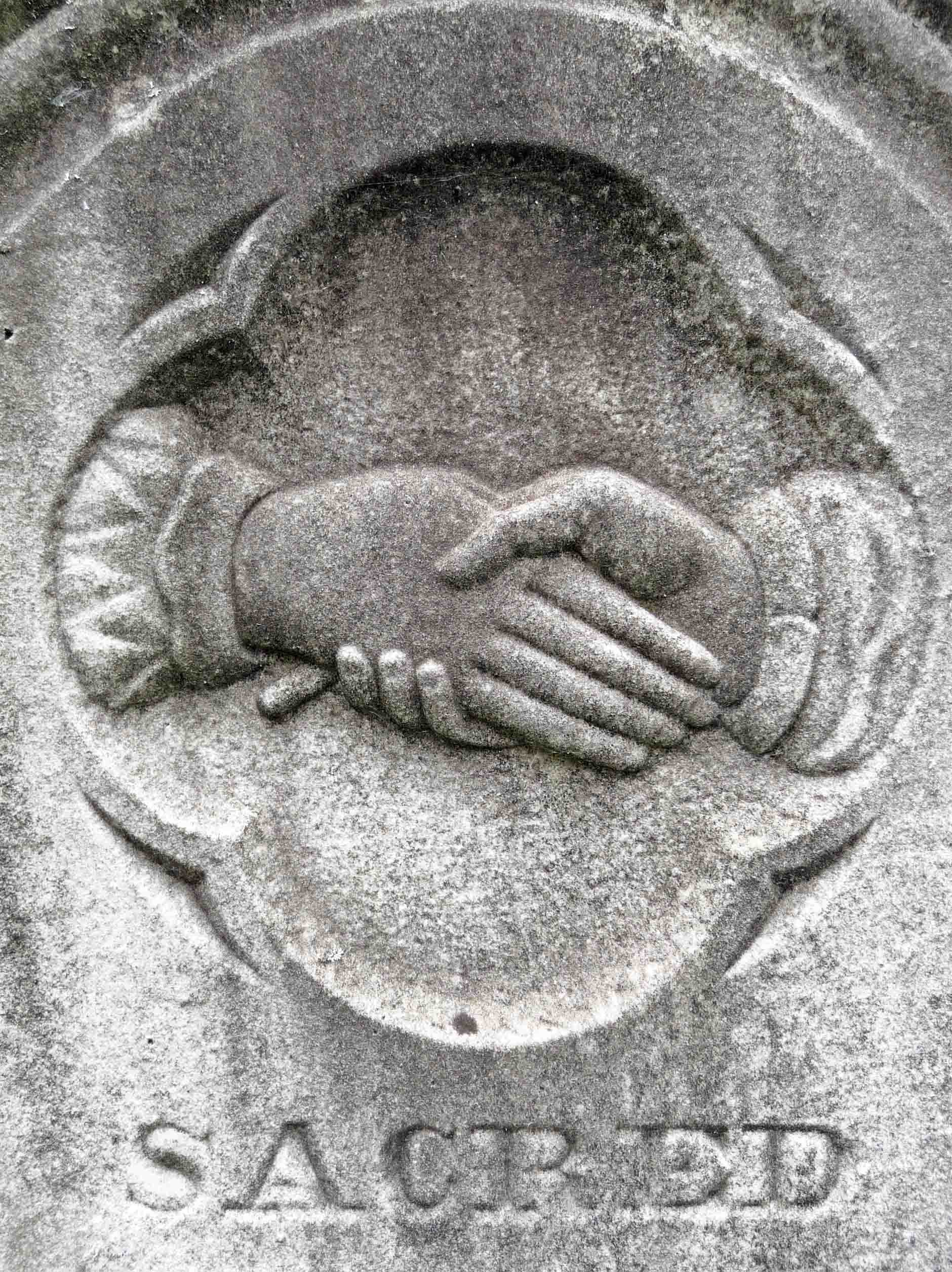
Clasped Hands
A common symbol on gravestones, two clasped hands can represent many different things. It could mean a farewell to earthly life, a welcoming of heavenly life or a promise to living family members that they will be waiting for them in eternity. It could also simply mean friendship or represent the love the deceased person had for others.
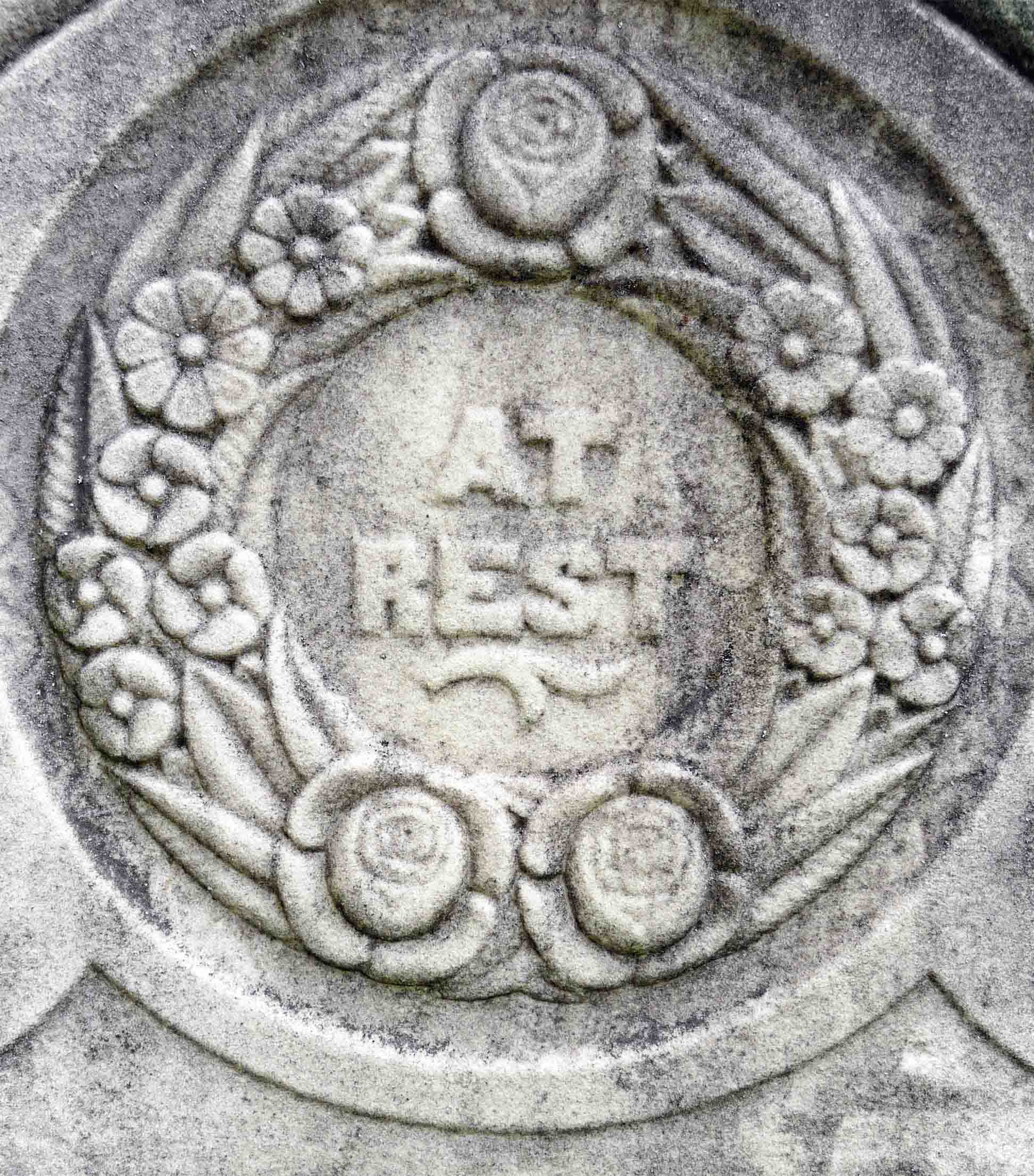
Wreath
A common symbol used in classical Christian art is the laurel wreath or crown. In the ancient world the crown signified many things, and Christianity adopted it to signify the crown that is awarded those who to go heaven.
On gravestones it signifies the person's hope in heaven, that they too will be awarded that crown on account of the life they led.









